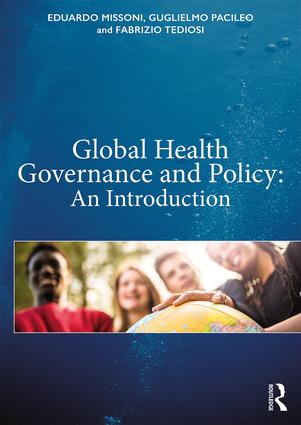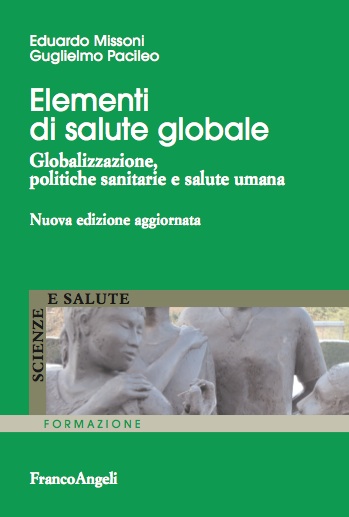For better-off families, the December/January Holiday Season is a period of traditional overeating, while the millions of people who suffer from chronic lack of food and the millions of children who die of malnutrition, worldwide, remain forgotten. Yet paradoxically, diseases once associated with opulent societies and wealthy people increasingly affect both rich and poor countries.
A worldwide epidemic
 Being overweight and obese (fat) are among today’s leading health risk factors throughout the world, causing 4 million deaths every year. Obesity is often associated with high blood pressure, high blood glucose (diabetes), cardiovascular diseases and cardiac failure.
Being overweight and obese (fat) are among today’s leading health risk factors throughout the world, causing 4 million deaths every year. Obesity is often associated with high blood pressure, high blood glucose (diabetes), cardiovascular diseases and cardiac failure.
Until a few decades ago, obesity was considered a condition associated with high socioeconomic status. Indeed, early in the 20th century, most populations in which obesity became a public health problem were located in the developed world. Beginning in the United States and then spreading to Europe, obesity is now fast emerging as the new pandemic (or worldwide epidemic) of the XXIst century. It affects both sexes and all age groups and has a disproportionate impact upon disadvantaged population groups. By 2030, for example, more than 50 per cent of the adult population in the USA will be obese… read more
Eduardo Missoni (published on indaba-network.net)








